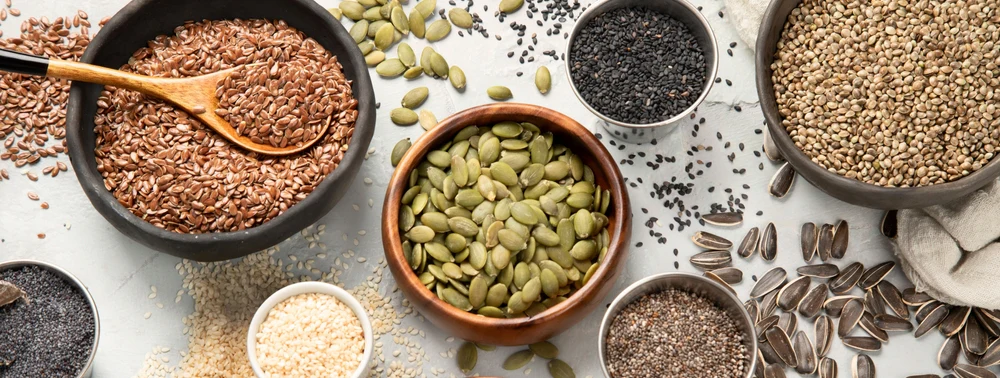Preparing a garden for cultivating weeds might seem counterintuitive at first glance, but in the right context, certain weeds can offer significant benefits for soil health, biodiversity, and sustainable agriculture. Weed cultivation, when managed purposefully, can serve as a form of permaculture or regenerative agriculture that enhances ecosystems. This is particularly useful in organic farming or natural landscaping, where synthetic herbicides are avoided, and soil health is paramount. In this guide, we will explore how to prepare a garden to cultivate beneficial weeds and harness their potential for success. The first step in preparing a garden for weed cultivation is site selection. Choose an area with ample sunlight and good drainage, as weeds thrive best in these conditions. Most weeds are highly adaptable and can grow in poor soil, but to get the best results, it is essential to create an environment that promotes growth for the species you want. Conduct a soil test to determine its pH level, nutrient content, and organic matter.

While many weeds can grow in nutrient-deficient soil, others may prefer slightly more fertile conditions. For example, dandelions thrive in soil that is low in calcium but are also indicators of compacted soil, which they help to aerate over time. Not all weeds are created equal. Some weeds, like nettles, dandelions, and chickweed, have nutritional or medicinal properties and are considered beneficial. Others, like thistles or bindweed, may be more challenging to control and could become invasive. It is important to identify the specific types of weeds you want to cultivate based on your goals. For instance, dandelions are excellent for attracting pollinators and breaking up compacted soil, while clover can fix nitrogen and improve soil fertility. Carefully select species that fit the local ecosystem and align with your gardening goals. Once the site is selected and weed species are chosen, it is time to prepare the soil. Start by tilling or turning over the soil to aerate it and eliminate any existing plants or debris that may hinder weed growth.
In some cases, no-till methods can be applied to avoid disturbing soil structure. The top weed seeds often thrive in disturbed soil, but incorporating organic matter, such as compost, can encourage a healthy balance between weeds and beneficial microorganisms. If you’re cultivating weeds for their soil-improving properties, consider planting them in rotation with other crops or native plants to maintain biodiversity. Weeds are known for their resilience, but providing adequate irrigation during the early stages of growth can help ensure their success. Like any plant, weeds need water to establish themselves, especially during dry periods. However, once established, many weeds require little to no watering as they are often drought-tolerant. Weed cultivation also requires a level of management to prevent invasive growth. Regular monitoring is crucial to keep undesirable weeds from spreading beyond the intended area. Hand-weeding or selective mowing can help manage growth without completely eliminating beneficial species. While weeds are often viewed negatively, purposeful weed cultivation can provide numerous benefits.

